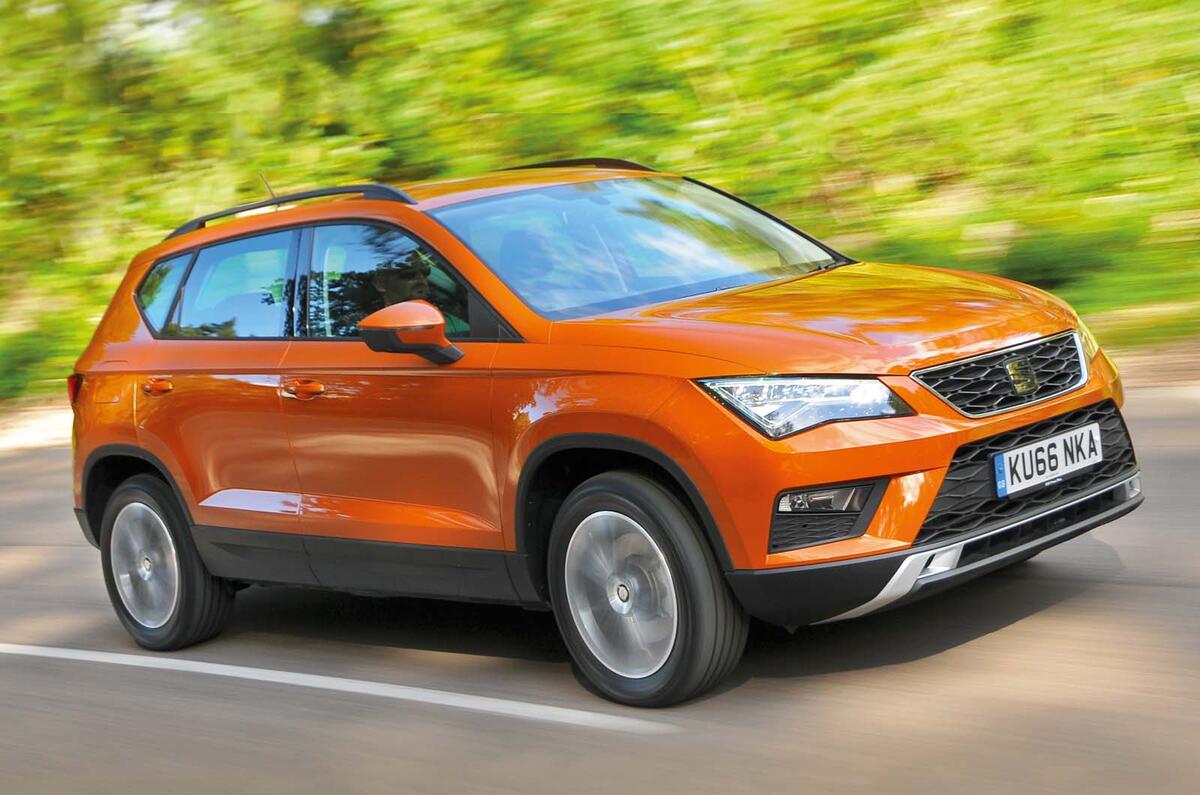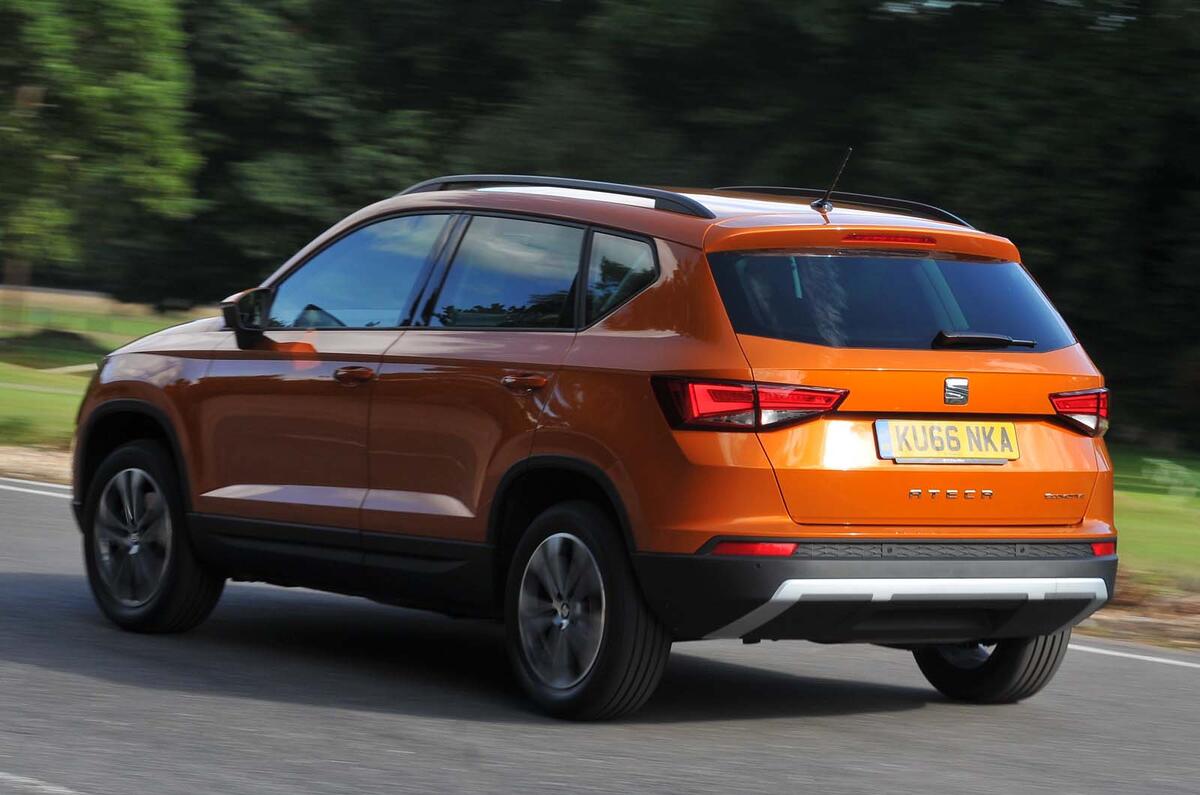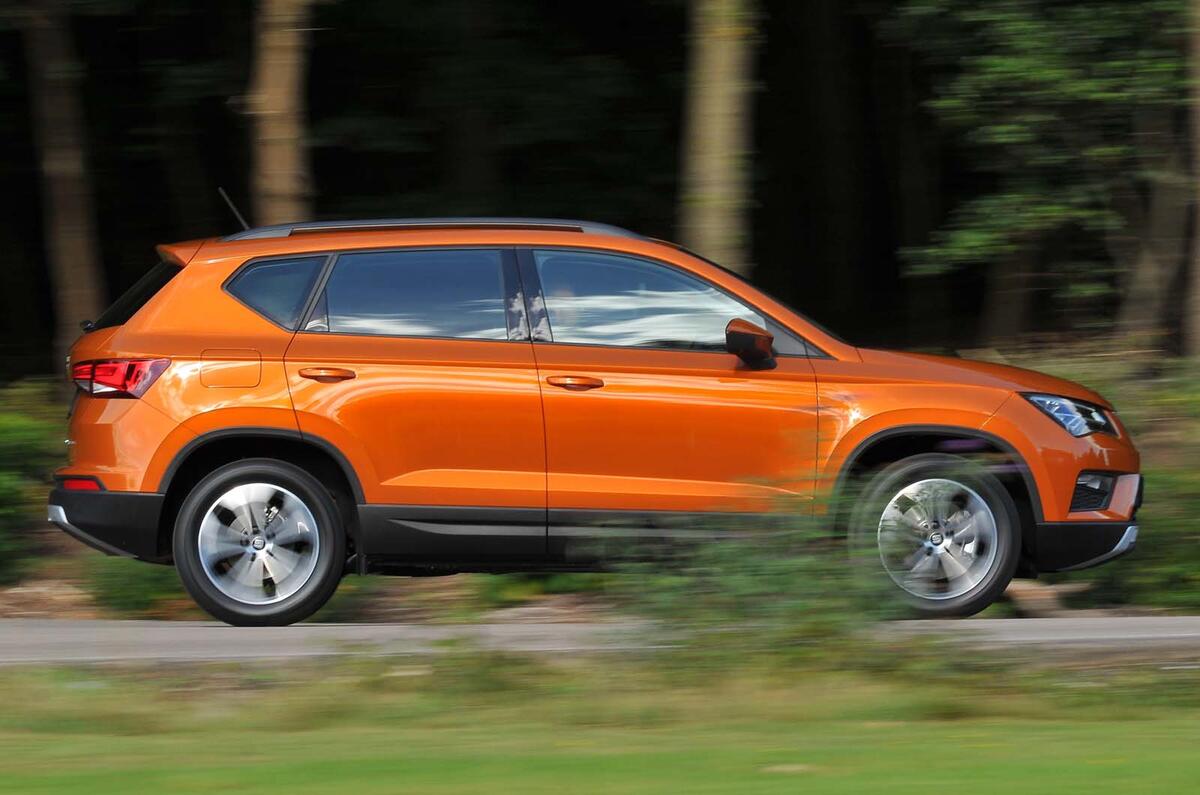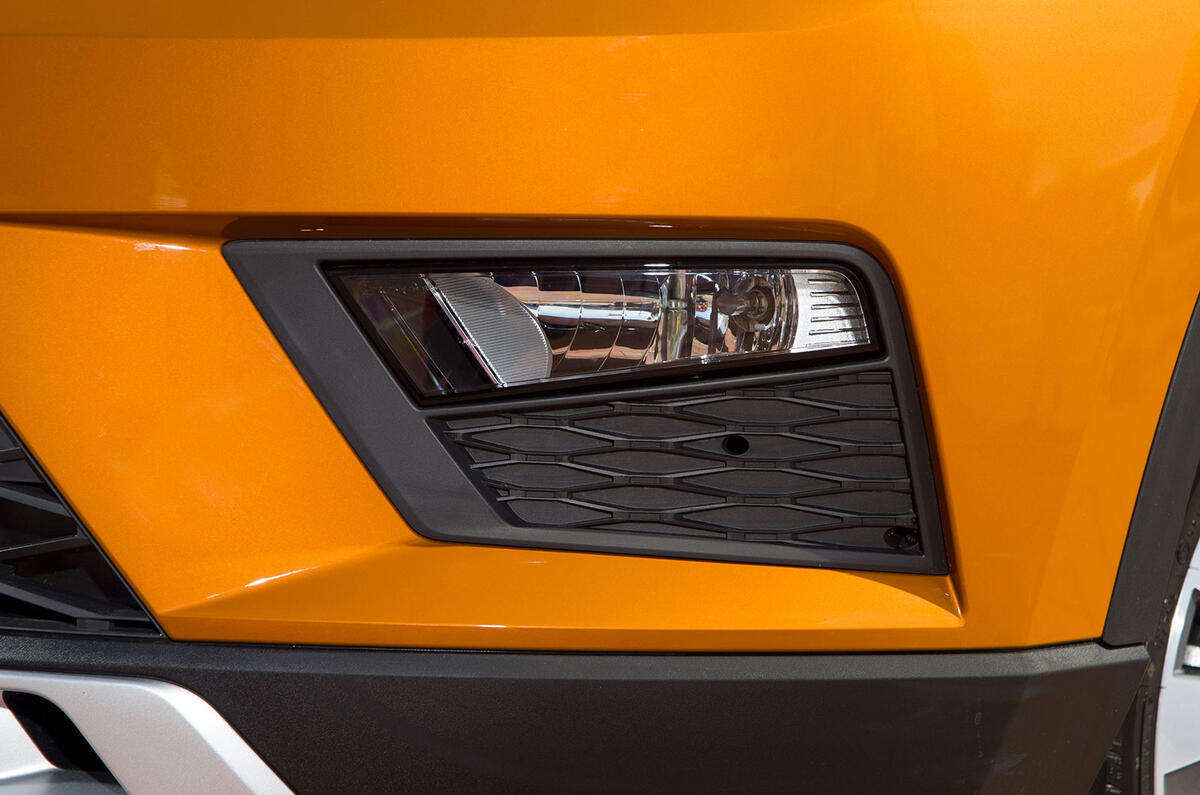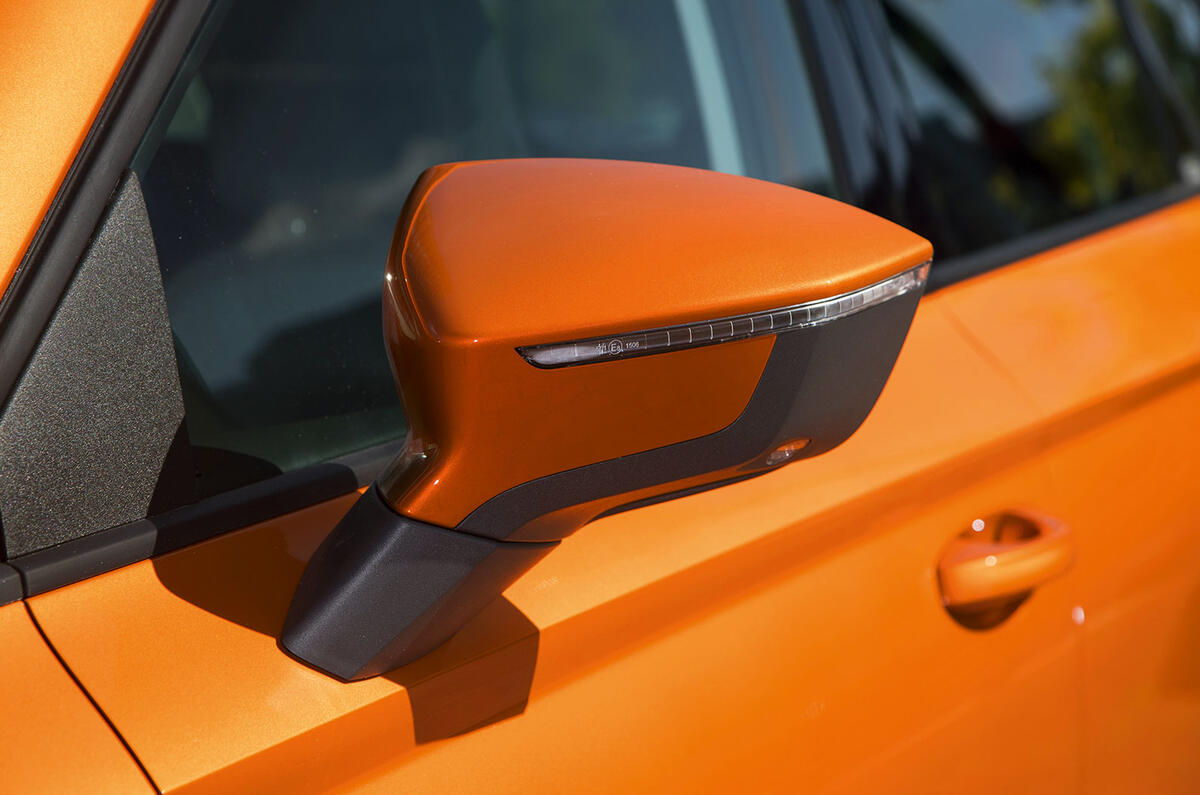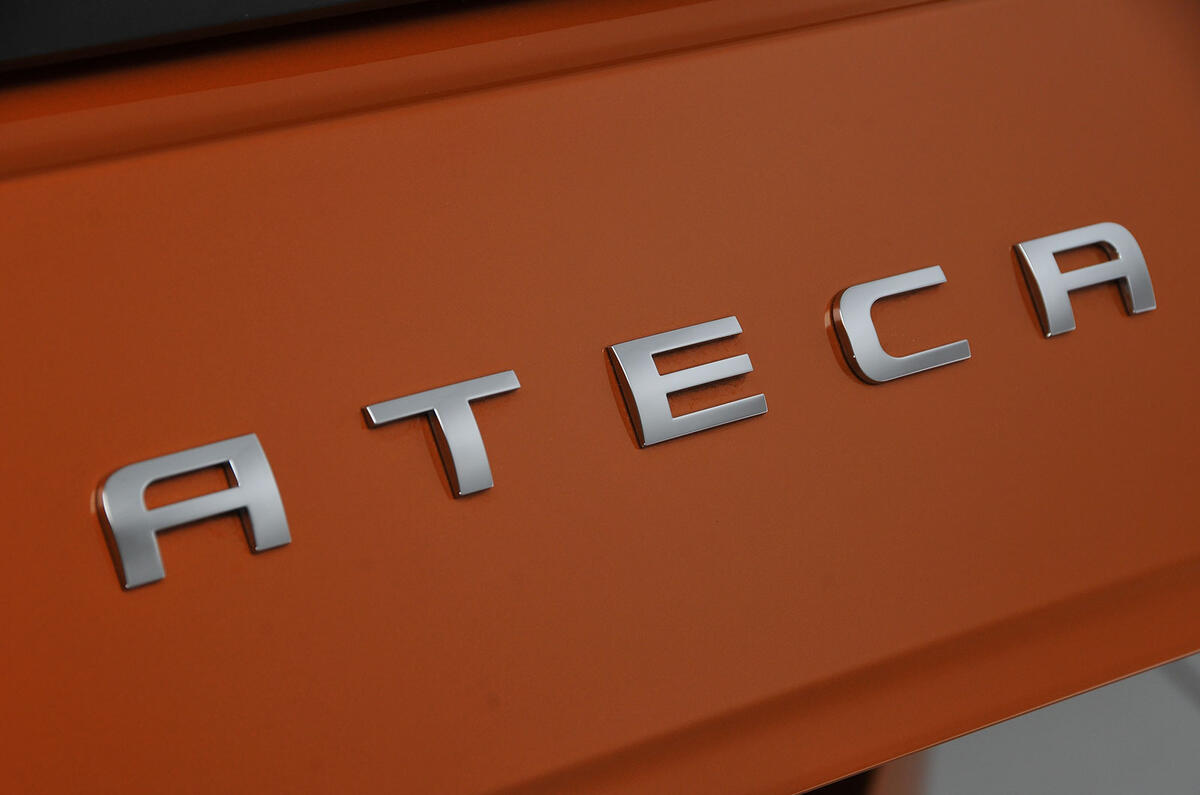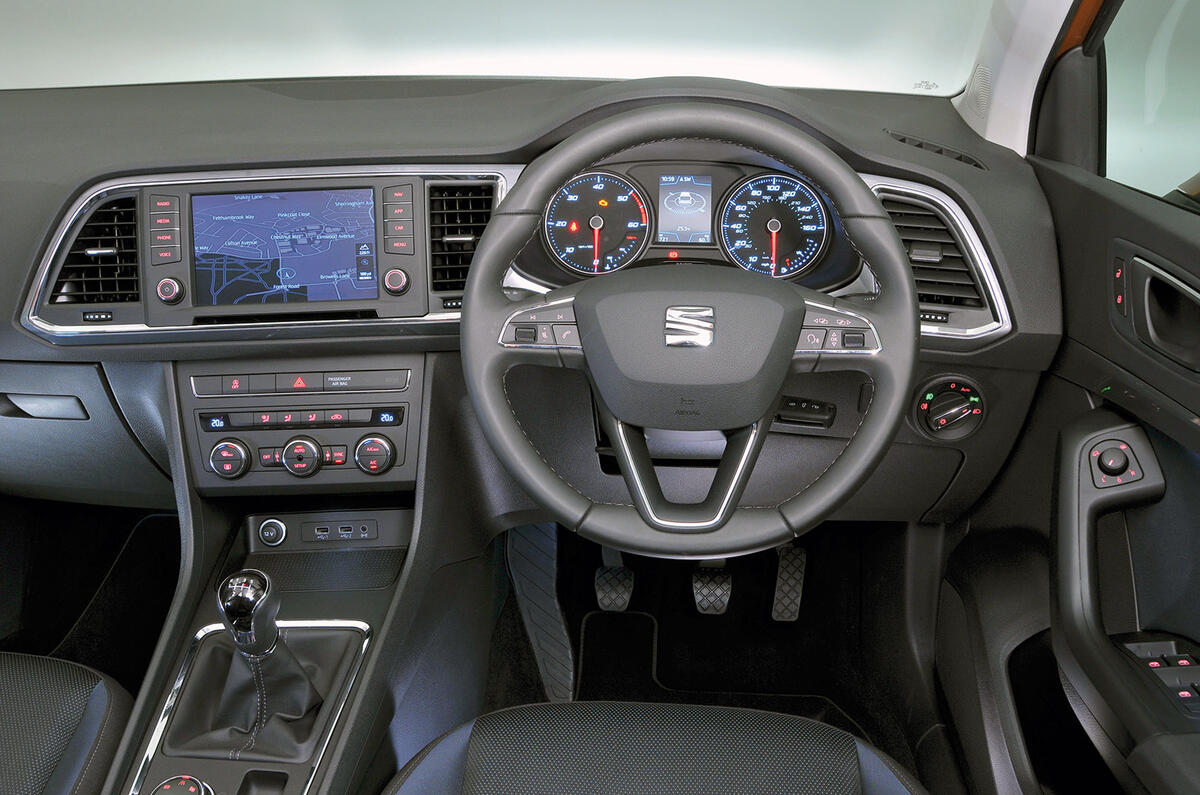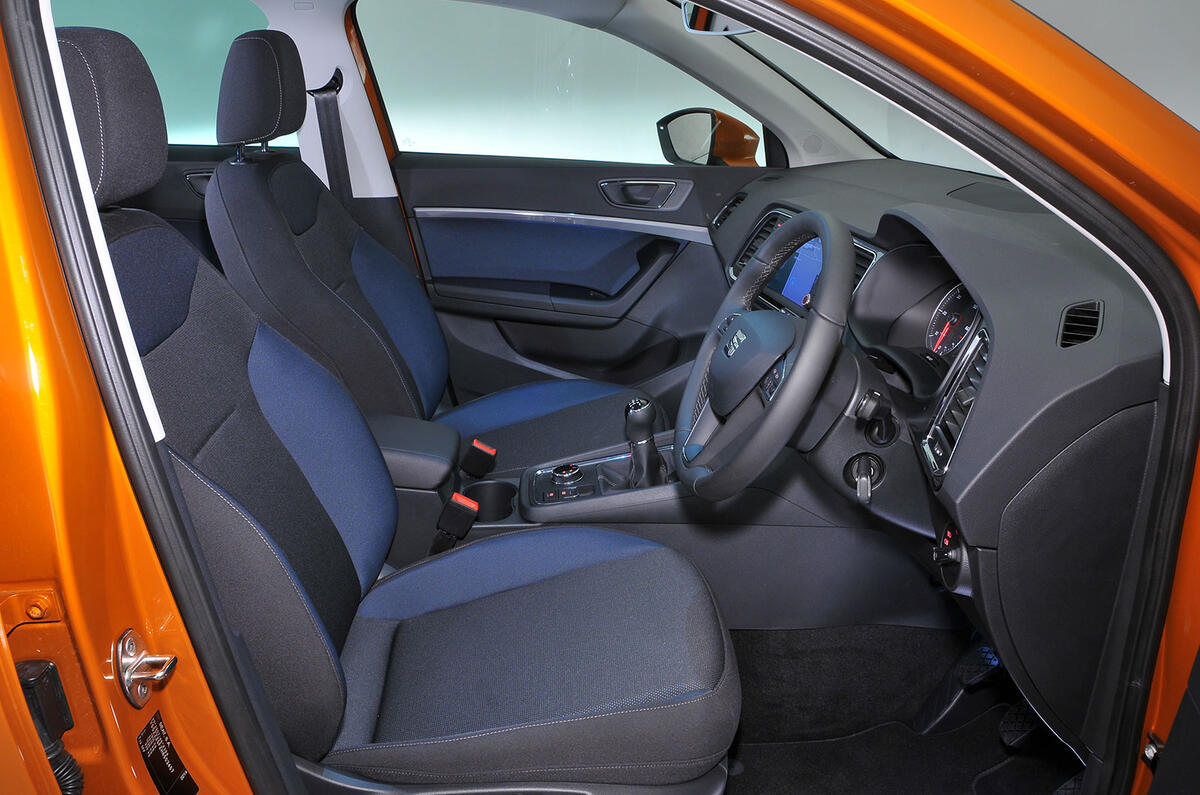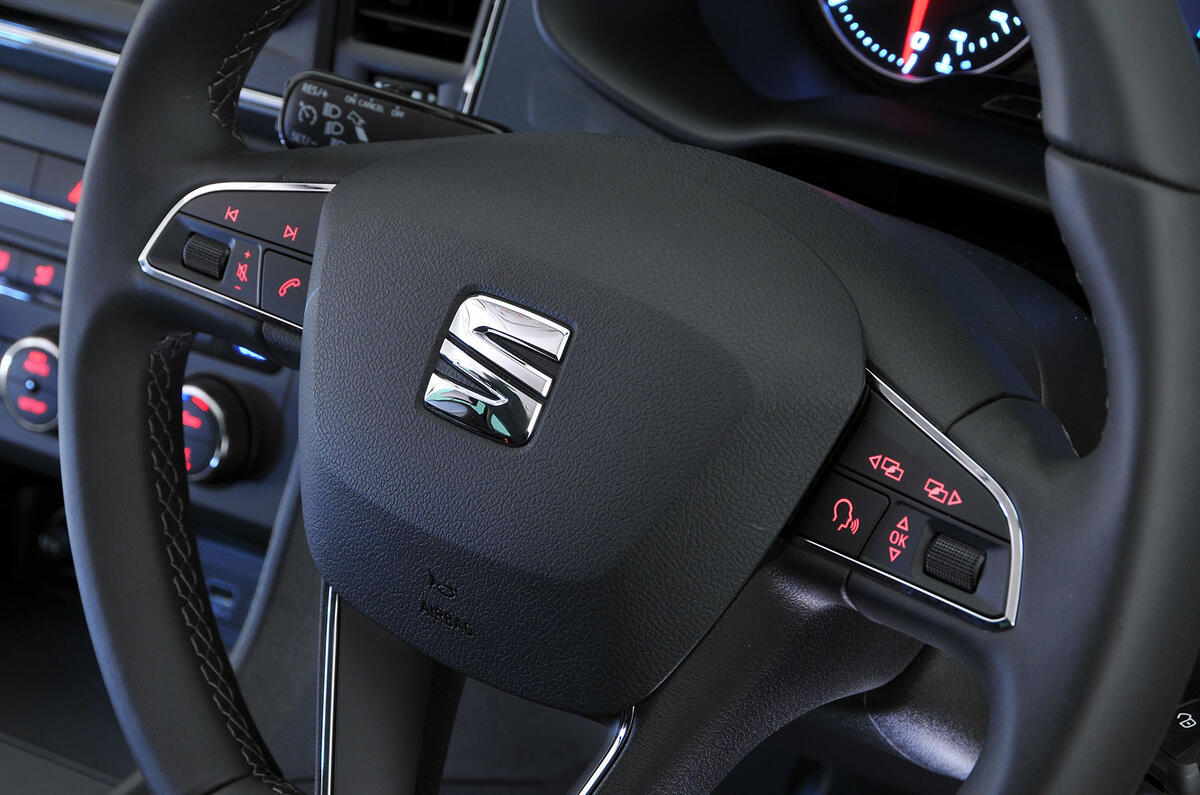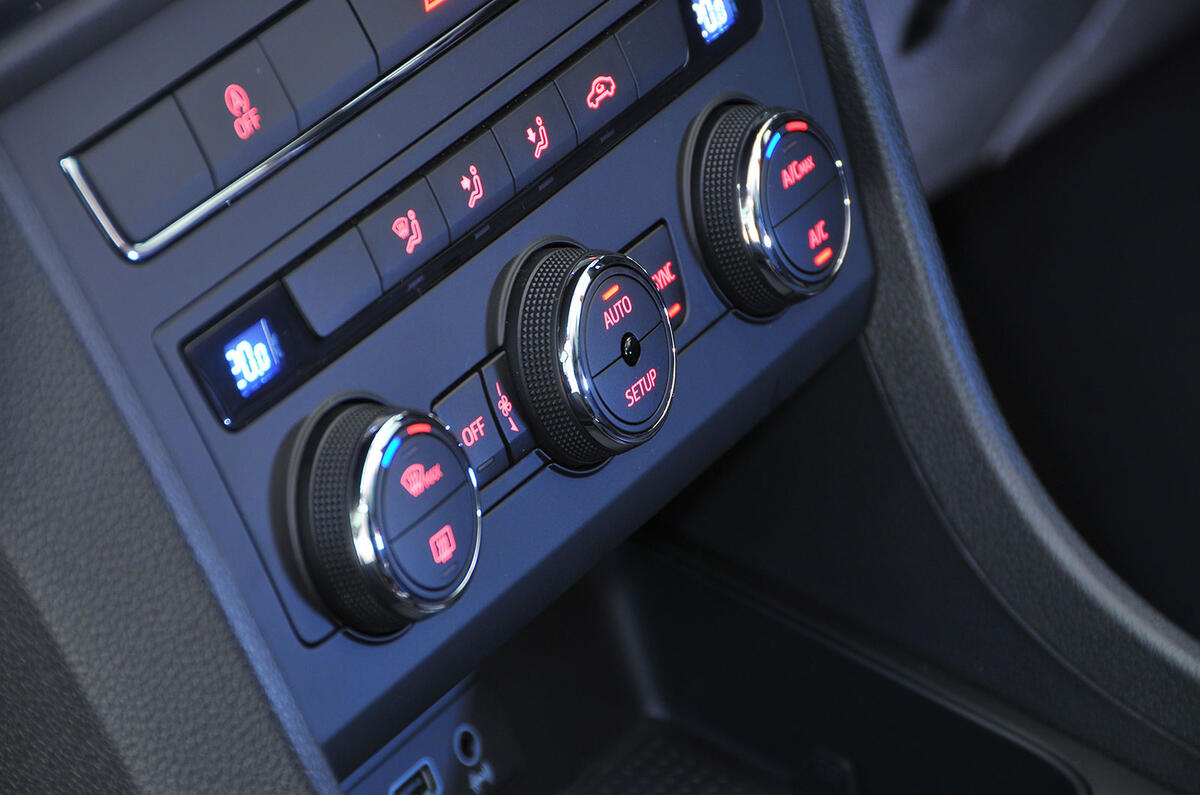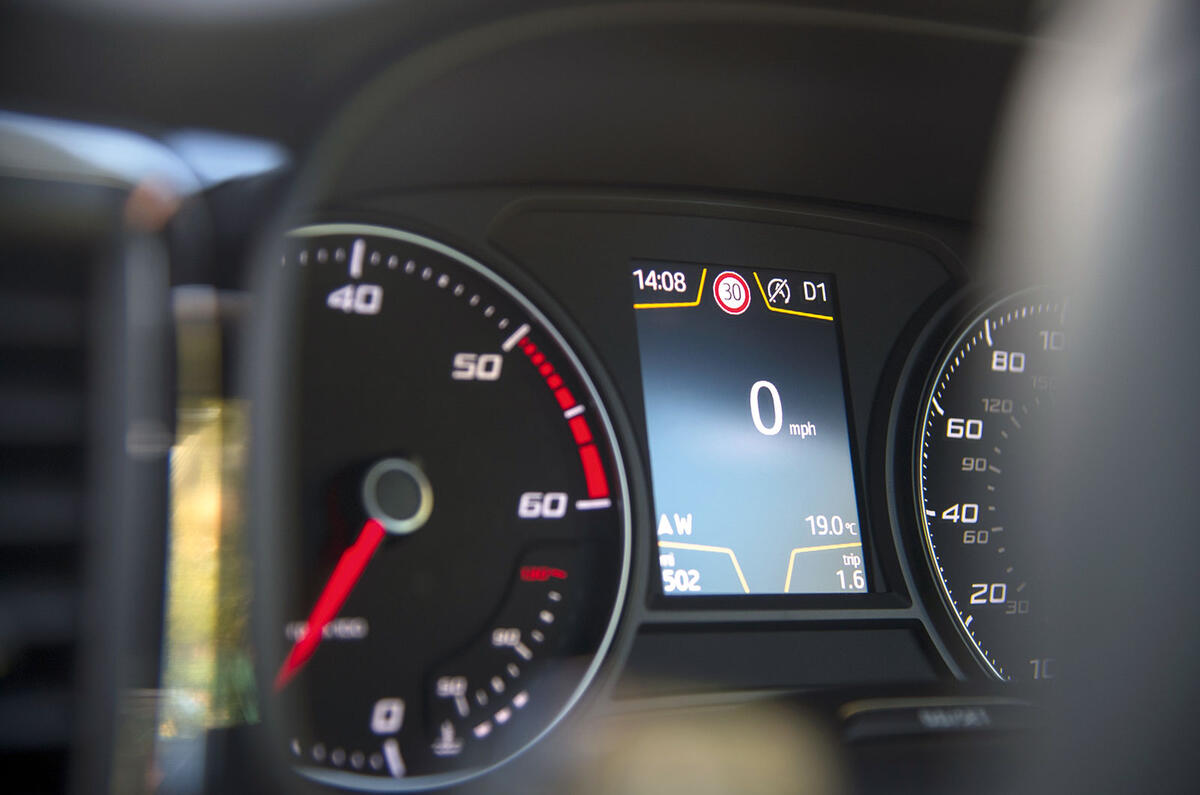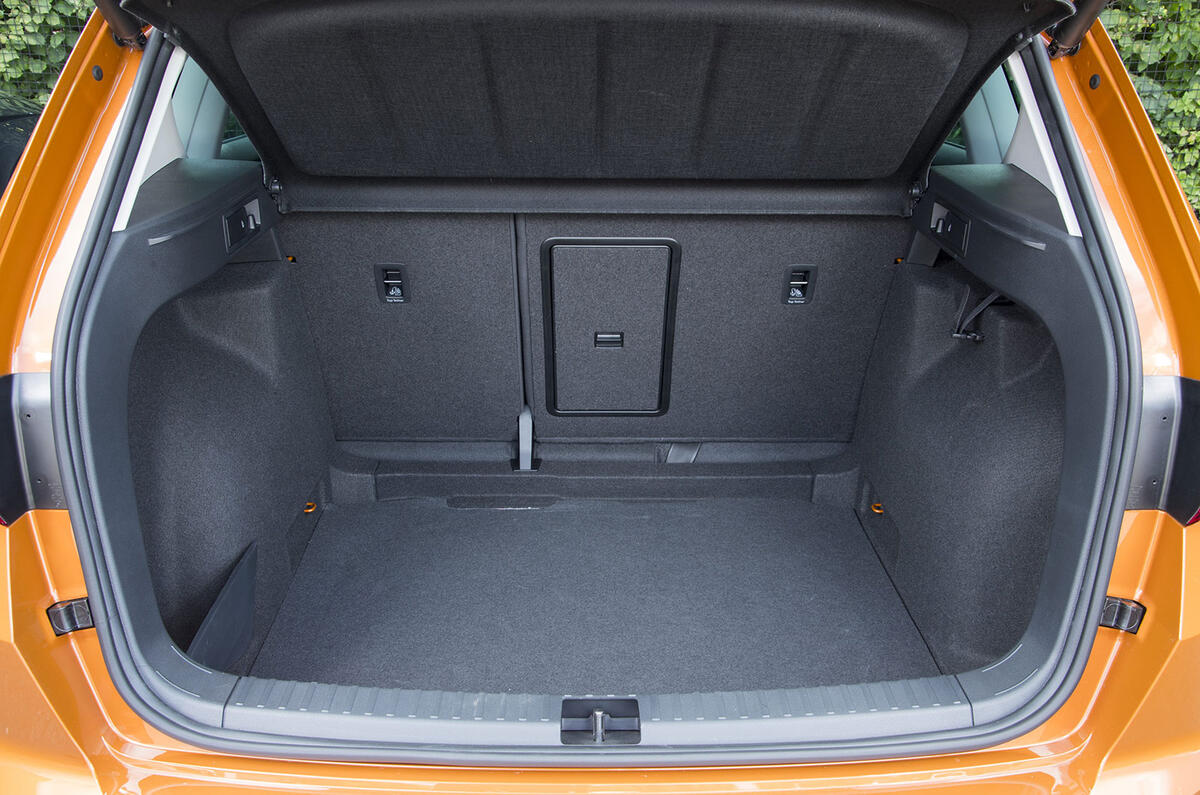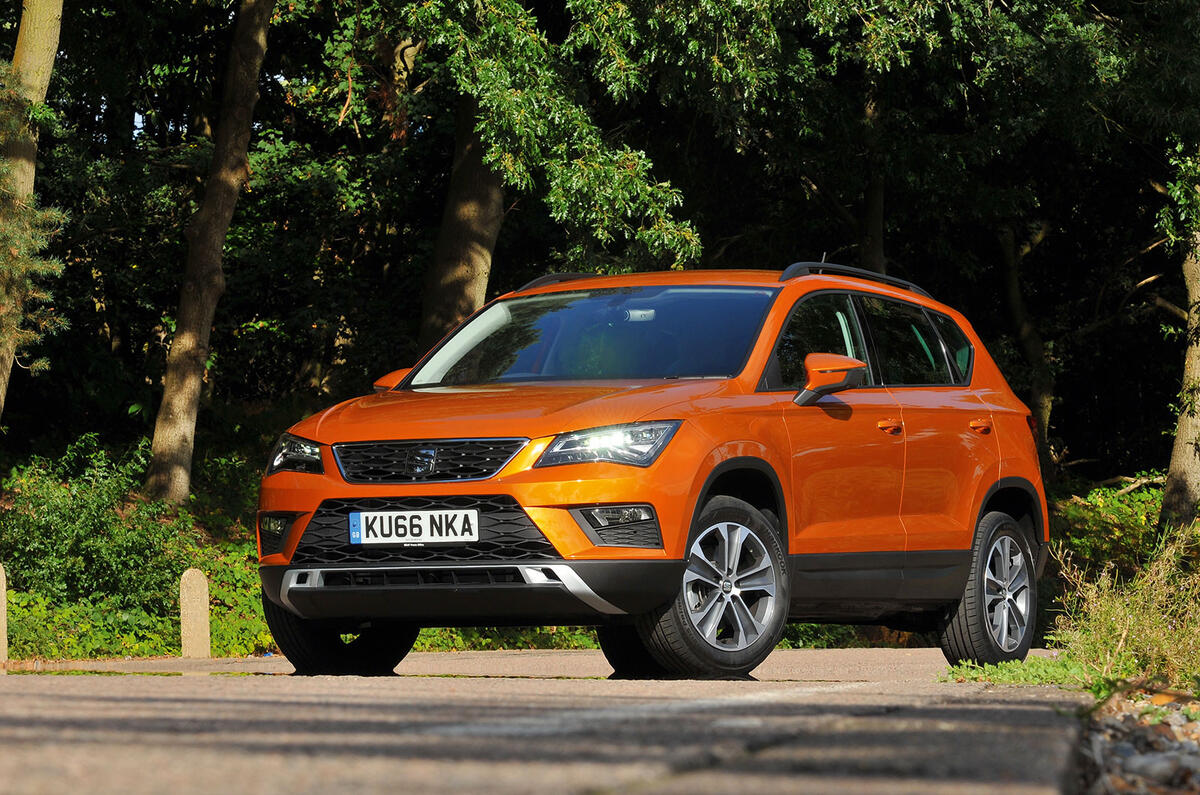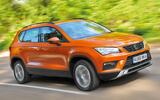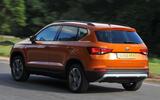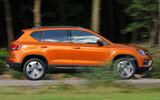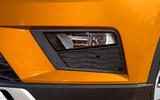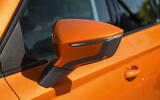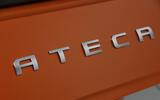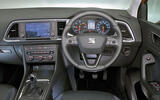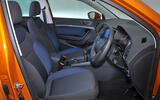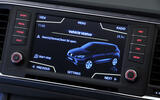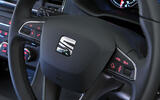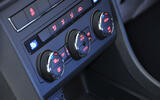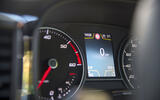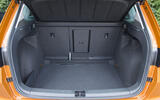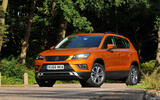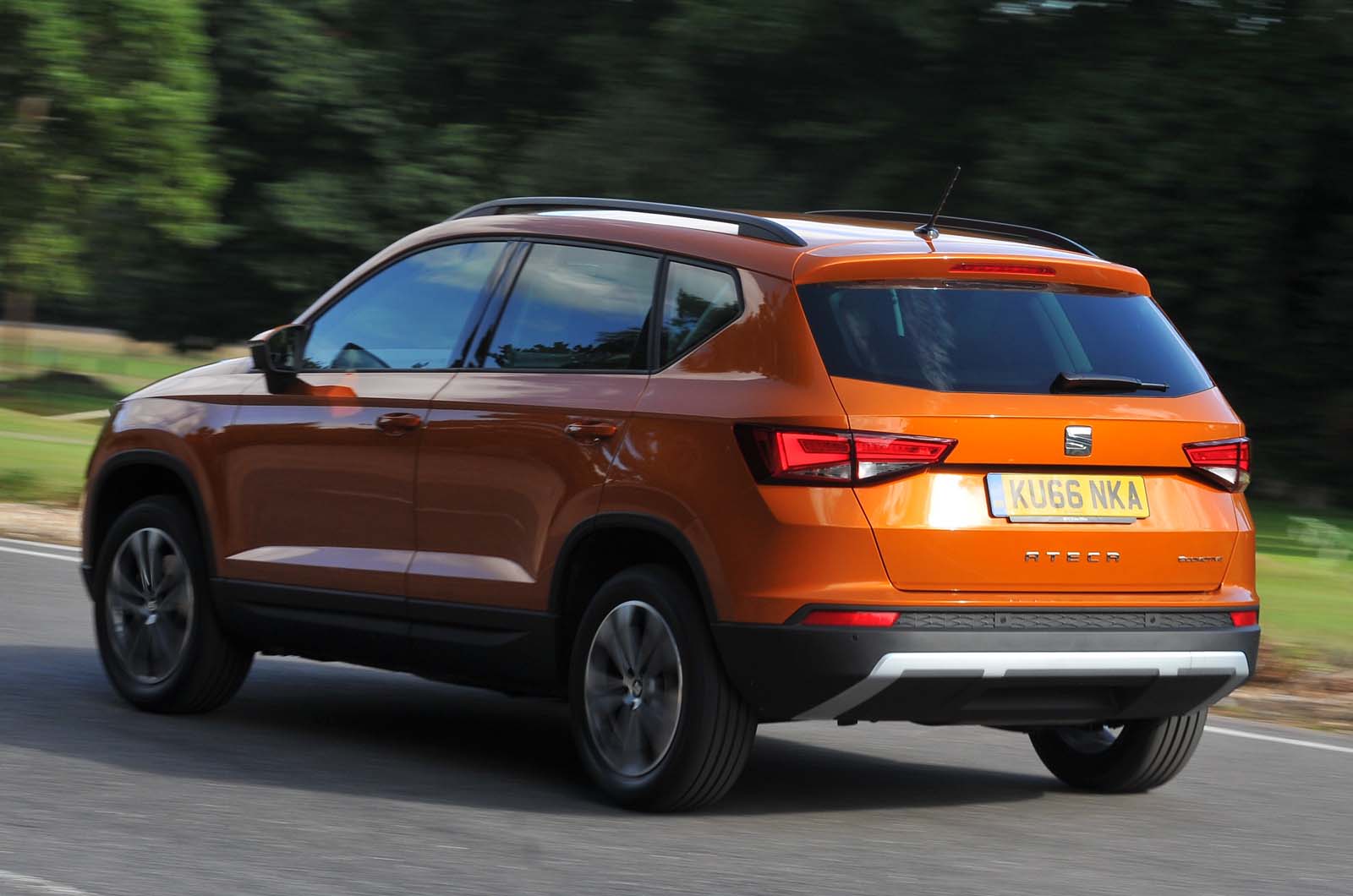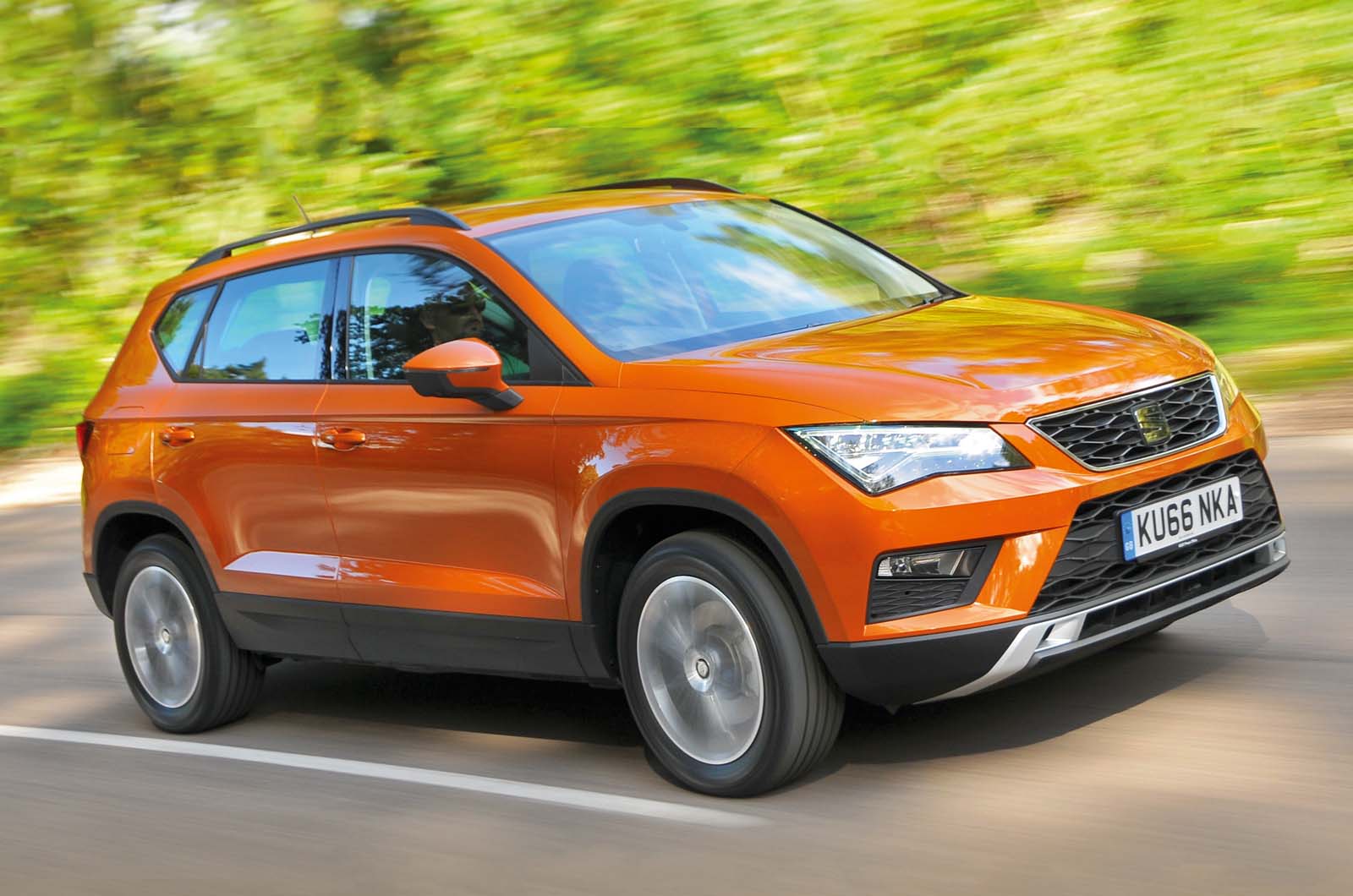A stylish alternative to the mightily successful Nissan Qashqai, the Seat Ateca plugged a conspicuous SUV-shaped gap in Seat’s line-up when it arrived in 2016 and helped to turn the tide for the cash-strapped Spanish marque.
The introduction of a crossover was crucial for the future success of Seat. The marque had been absent from the class for far too long and needed a high-riding Leon alternative to recapture the attention of European buyers.
Closely related to the Volkswagen Tiguan, the super-smart Ateca was an instant hit, not only for its looks but also for its capable handling, practical interior and affordable price – and now you can buy one for around £6000. And you should.
For starters, the Ateca was the class leader in terms of ride and handling, offering an engaging yet comfortable drive that makes it feel like a Leon on tiptoes – and that’s no bad thing.
The Ateca takes full advantage of its lighter weight and stiffer chassis to offer an impressive level of handling precision, which is uncommon in this segment, where cars typically struggle to find the right balance between soft-roader and agile hatchback.
Its engaging feel is helped by its tactile steering, which adds an extra layer of character to its drive.
Its body movements highlight that it’s a crossover, but it grips well through corners to keep you involved when pushing on.
If you’re more geared towards ride quality, though, we’d direct you towards the diesels, which can be had with four-wheel drive and benefit from the Tiguan’s multi-link rear suspension, which is a little more forgiving on UK roads than the standard front-wheel-drive car’s torsion-beam set-up.



